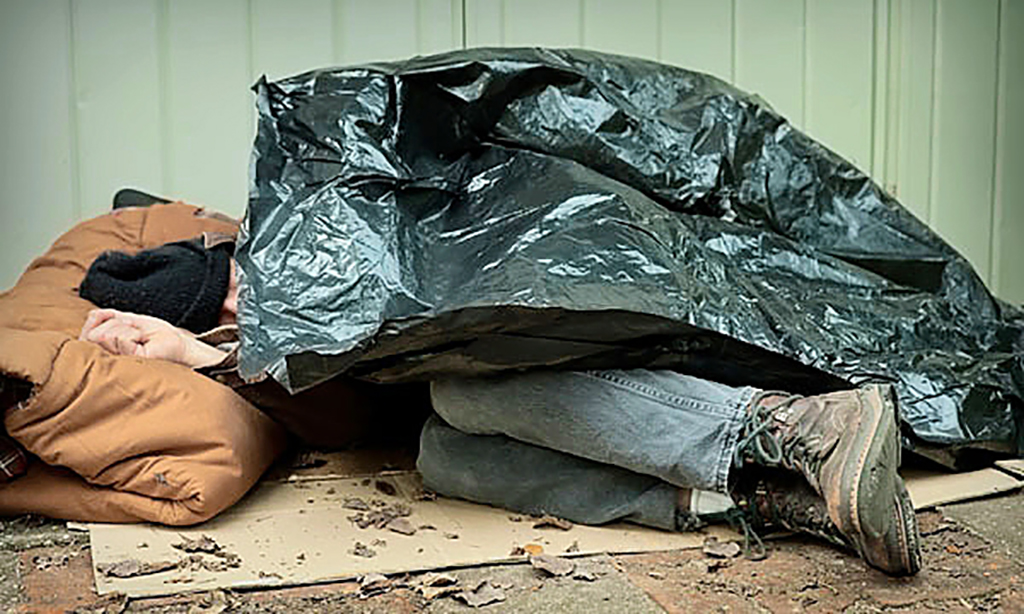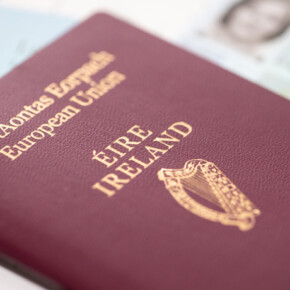The terrible toll of the Rising
Dublin People 14 Mar 2015
A NEW online Easter Rising Necrology compiled by Glasnevin Trust was launched at Government buildings last week.
The Necrology contains the names of all 485 people who lost their lives in the 1916 rising including innocent civilians, British soldiers and members of the Irish Volunteers.
It’s the first time a list of this scale has been collated and made available online and this major piece of research has revealed many interesting and previously unknown facts, the most striking of which details that 54 per cent of total dead were civilians.
British Army dead accounted for 26 per cent of those killed while the rebel forces had 16 per cent of the casualties. The remaining percentage is made up of members of the Dublin Metropolitan Police and the Royal Irish Constabulary.
The numbers of civilians killed each day of the Rising steadily increased, peaking on the final day of the rebellion on April 29 when 45 died. This was also the most violent day during which 78 people lost their lives.
April 26, the day of the Battle of Mount Street Bridge, was the worst for the British Army which lost 30 men during the fighting throughout the city.
The rebels also suffered their worst casualties on this day with 13 men killed. For the police the day of the Battle of Ashbourne on April 28 proved to be their worst.
Some of the names of those listed are well known, but the majority are the unknown dead of 1916. In many cases their names had been lost in the sands of time until now. Glasnevin Trust is now calling on people related to, or who have information on those listed, to get in contact so their stories can be expanded on in advance of the Trust’s upcoming exhibition and events to mark the centenary of the Rebellion.
The names listed on the Necrology will be engraved on a new memorial at Glasnevin Cemetery that will be unveiled on the centenary of the Rebellion.
The vast majority of those killed were buried at Glasnevin Cemetery in the aftermath of the fighting. The staff of the cemetery struggled to deal with the large numbers of bodies being brought for burial.
However, despite the great strain they succeeded in in giving all a dignified burial and recorded their details in the cemetery’s registers.
An Taoiseach, Enda Kenny, congratulated Glasnevin Trust for undertaking the important research.
“It brings home to us the very real impact that the events of Easter 1916 had on ordinary members of the public as well as those directly involved in the Rising itself,
? he said.
John Green, Chairman, Glasnevin Trust, added:
“This extensive body of research and resulting Necrology for the 1916 Easter Rising shows Glasnevin Trust’s continued commitment to honour all those who lost their lives in 1916, incorporating as it does Irish volunteers, civilians and British soldiers alike.
“This act of remembrance is in keeping with Daniel O’Connell’s stated purpose in establishing Glasnevin Cemetery –
‘to bury people of all religions and none’. We have diligently followed O’Connell’s instruction for 180 or so years here at Ireland’s necropolis and will continue to do so.
“
The full Necrology and statistical analysis is available online at glasnevintrust.ie/











